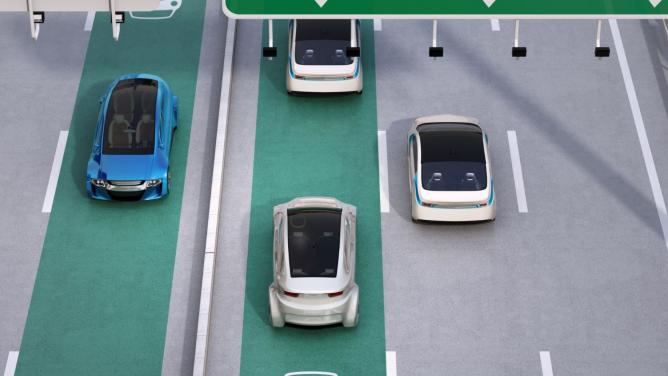A matter of charging points
While France has set a goal of carbon-neutrality for itself between now and 2050, the low carbon future of mobilities -including construction- are a national priority. Since the two Grenelles de L’environnement in 2009 and 2010, the government has been actively supporting the development of a market for electric vehicles. To do so, it has developed incentives to buy electric vehicles, not to mention aids to create a re-charging infrastructure network.
In France, the network is mainly based on charging stations. The pool is now almost made up of 30 000 terminals which are installed on roads, private parkings, motorways, supermarkets… Other alternatives such as dynamic charging (while the vehicle is running) or battery exchanges are currently being experimented. But they don’t have the same level of maturity from a technical standpoint, and they don’t benefit from the same support.
Three pillars
There are three pillars for financing charging points. The energy transition tax credit (CITE) aims to encourage individuals to equip themselves at home. It concerns mainly suburban housing, or collective buildings with parkings. Managed by the ADEME (French National Energy Agency) the Investments for the Future Program (PIA) are aimed at local authorities. It is the main lever for deployment in France and it finances the construction of infrastructures. It is available for infrastructures which are open to the public and has allowed the implementation of 22 000 charging stations. In 2016, the Advenir program was added to this initiative, which is financed by the energy-saving certification. The latter has been efficiently deployed on company parkings.
Europe is no exception. It also supports infrastructure financing through the Connecting Europe Facilicity (CEF) program, which mainly benefited very high-power terminal projects such as MEGA-E and Europ-E. As for the automakers (Renault, Nissan, Tesla), retail (Ikea, Leroy Merlin, E.Leclerc) and energy companies (EDF via Izivia) contribute in developing the network.
A vulnerable business model ?
Several business models coexist and this contributes – especially with the growth of digital payment platforms – in deteriorating the user experience. In addition to the annual subscription, terminal pricing can be based on the amount of energy which has been consumed, the charging time or the occupancy time limit (in order to avoid the “suction cup” parking space phenomenon). Flat-rate and free offers exist as well. The efficiency of these different pricing methodologies mainly depends on the charging power, which ranges from a few minutes to several hours.
According to a ground survey carried out by Coda Strategies for the Ministry of the Environment in July 2019, most of the actors of the private and public sectors admit that they haven’t found their business models yet. “Between infrastructures and vehicles, there is a sort of prisoner’s dilemma, Pierre Delaigue analyses (Director of connected or electric autonomous mobility projects, at Leonard). This could slow down the economic productivity of charging network actors, namely the number of vehicles.”
In a statement on the economy of charging infrastructures in 2019, Capgemini assessed the features of several alternative models. Among which, V2X (vehicle to everything) seems to be one of the most promising: it allows the vehicle to re-distribute electricity within infrastructures, housing, pedestrians, or the electric network itself, when there is high demand. This bi-directional charging has intensified commercial opportunities, provided it masters digital expertise and management. Indirect pricing or smart recharging are also part of those models, to monitor.
In the future, massification ?
The government announced in its recovery plan that it will bring along 100 000 recharging terminals in France, between now and 2021. According to Pierre Delaigue, « it can unblock a situation: investing in networks could be a trigger to buy and favor the massification of electric vehicles parks”.
If one were to read the 2019 report, regulatory actions may be taken at once to streamline the network development and make it even more attractive. This is the case for “on demand” charging, which works rather well in Amsterdam and allows local authorities to initiate the installation of a terminal when such a request is justified. In Norway and in Japan, sustained support from condominiums and awareness among trustees is also a major lever for acceleration.


